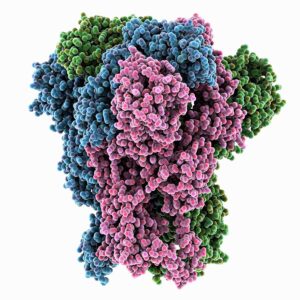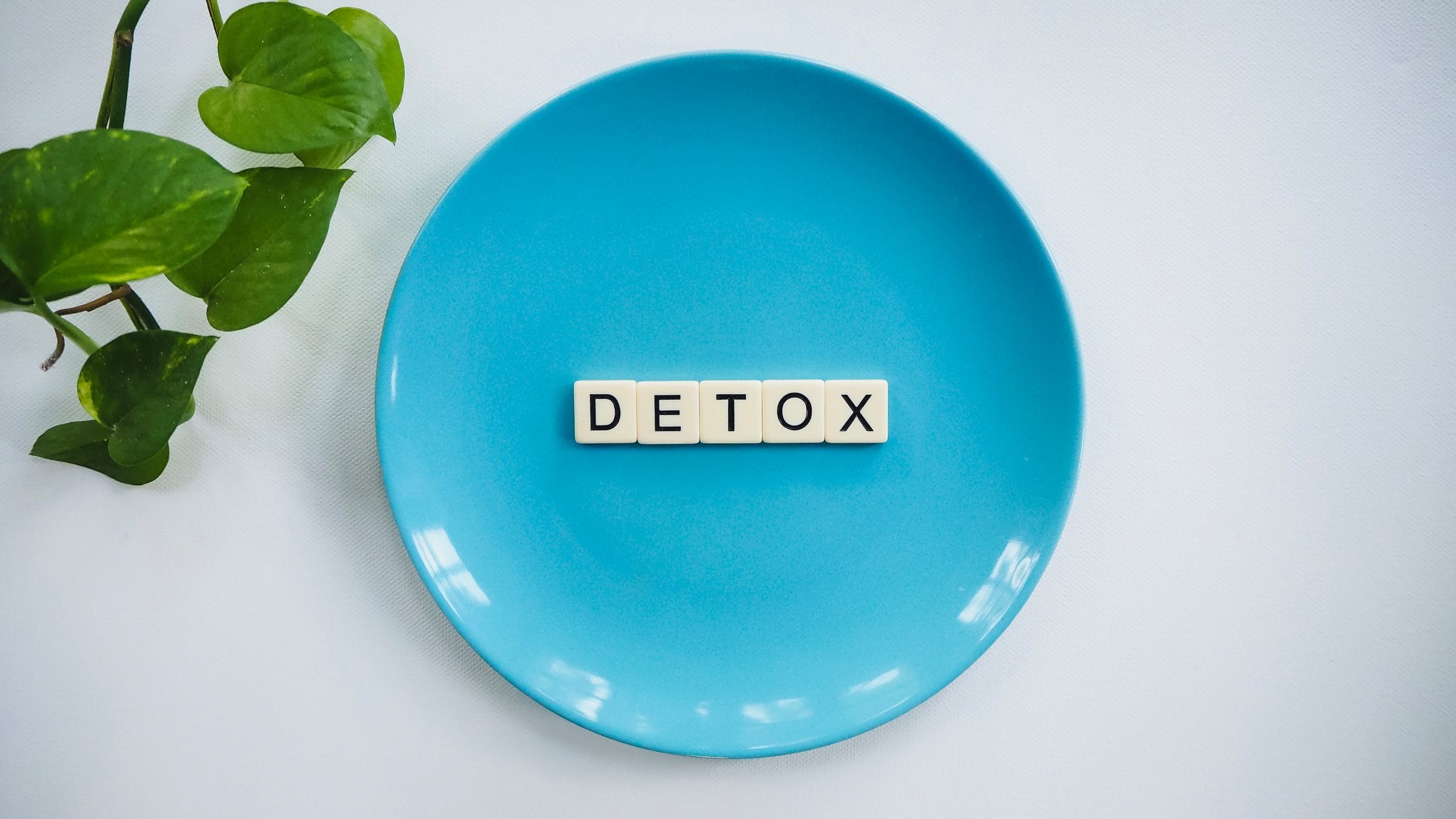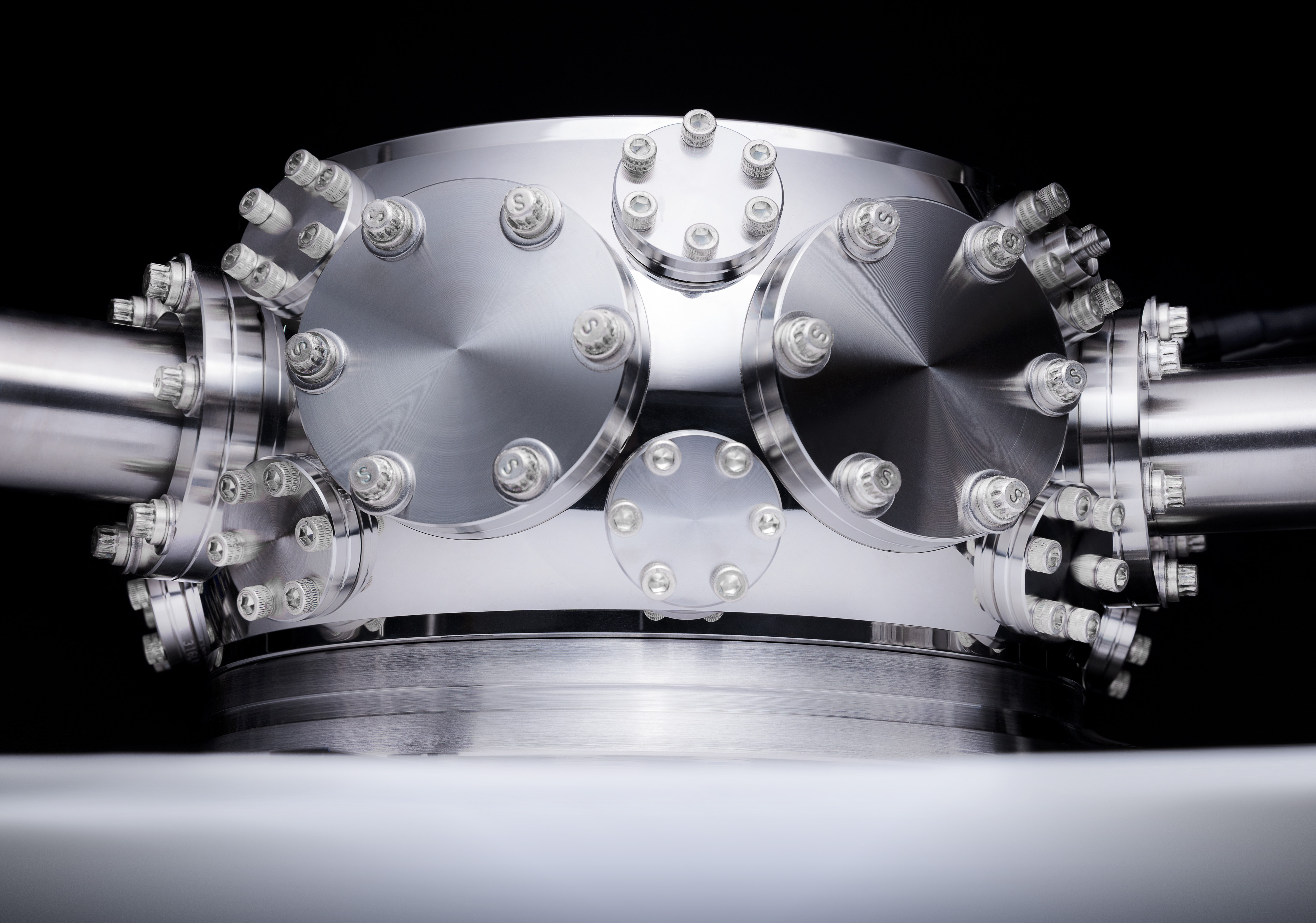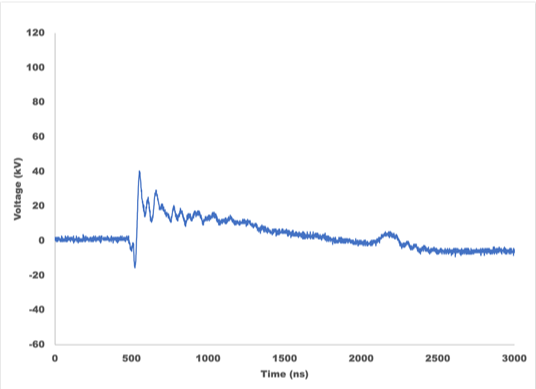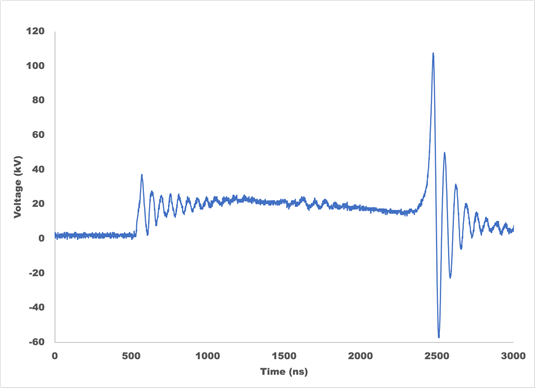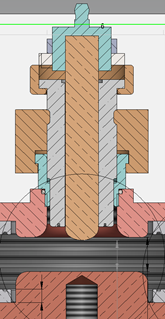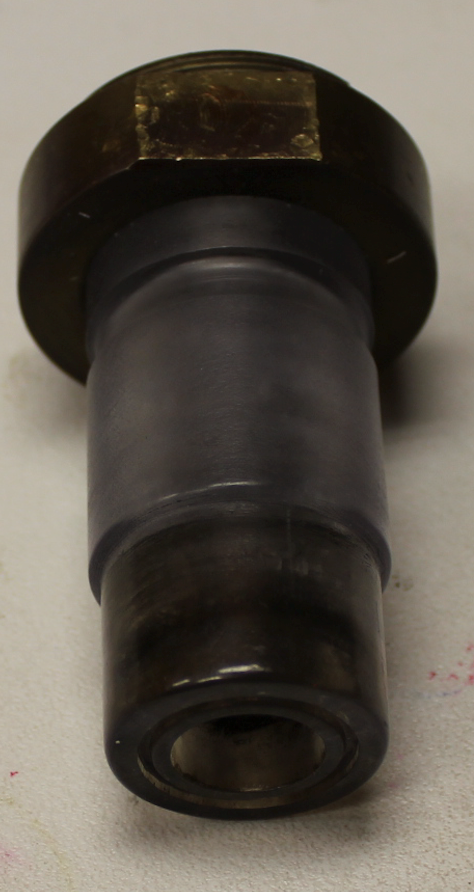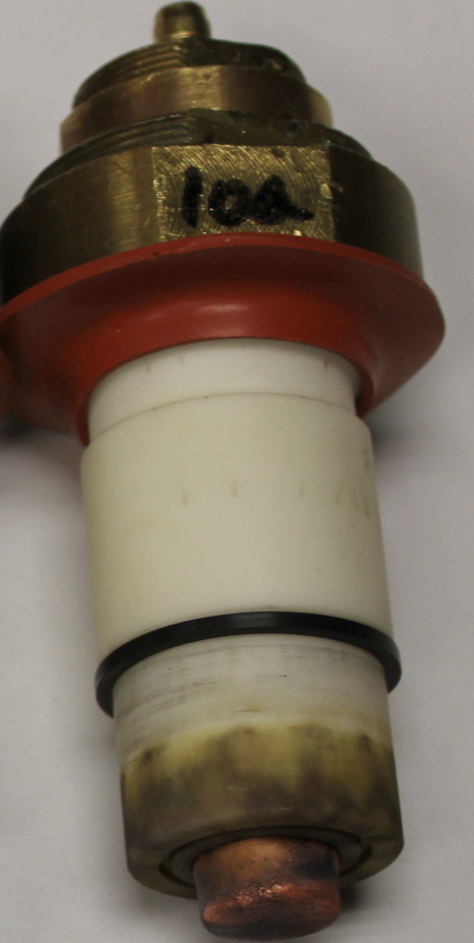This is the first such guide that i have seen and it certainly confirms the essential virtue in applying vitimin C saturation along with ample vitimin D.
What i mean by vitimin C saturation is to ensure every cell in your body has suffgicient vitimin C, allowing it to destry any virus attack. If someone is setiously sick or vitimin C depleted, then massive doses of over 20,000 mg done intravenously is often used.
Otherwise for most who may well be asymptomatic, an oral dose fo at least 5000 mg up to 15,000mg works well. Often your body will signal when it has enough.
I personally dose a heaping teaspoon of ascorbic acid into an extract of grapefruit peel i make up to produce a hot tea or beverage that is actually palatable. This is around 8000 mg with natural quinine.
Spike Protein Detox Guide
Posted onNovember 30, 2021Updated onJanuary 10, 2022
https://worldcouncilforhealth.org/resources/spike-protein-detox-guide/
About this guide
This is an evolving guide with emerging information on how to clear viral and vaccine-induced spike proteins from the body. The lists of herbal and other medicines and supplements have been compiled in a collaboration between international doctors, scientists, and holistic medical practitioners.
As Covid-19 infections, Covid-19 vaccines, and the issue of spike protein harms are new, this guide is informed by established and emerging medical research as well as the clinical experience of international medical doctors and holistic health practitioners; it will evolve as new evidence emerges.
The patent-free medicines and supplements included may have differing availability around the world.
Who might benefit from this information?
If you have had Covid-19, have recently had a Covid-19 injection, or are experiencing symptoms that may be related to Covid-19 vaccine transmission (also called shedding), you may benefit from using one or more items from our list of medicines and supplements to reduce spike protein load. The spike protein, which is both a part of the Covid-19 virus and is produced in our bodies after inoculation, can circulate around our bodies causing damage to cells, tissues, and organs.
Many people have been unable to find help for spike protein related illness (also called spikopathy) through existing healthcare services. This information is relevant if you have experienced adverse reactions after a jab, have Long Covid, or have post Covid-Injection Syndrome (pCoIS).
Important Note: This guide is for education only. If you are ill after vaccination, please seek help from a medical doctor or an holistic health practitioner. For information on post Covid-injection illnesses, see the WCH post-injection guide.
The spike protein can be found in all SARS-CoV-2 variants. It is also produced in your body when you get a Covid-19 injection. Even if you have not had any symptoms, tested positive for Covid-19, or experienced adverse side effects after a jab, there may still be lingering spike proteins inside your body. In order to clear these after the jab or an infection, doctors and holistic practitioners are suggesting a few simple actions.
It is thought that cleansing the body of spike protein (referred to as a detox from here on) as soon as possible after an infection or jab may protect against damage from remaining or circulating spike proteins.
In this guide, we will discuss several key features of these conditions that can be targeted during a detox:
The spike protein
ACE2 receptors
Interleukin 6 (IL-6)
Furin
Serine protease
Important Safety Information Before Beginning a Detox
Please do not undertake a spike protein detox without supervision from your trusted health practitioner. Please note the following:
Pine needle tea, neem, comfrey, Andrographis paniculata – Should NOT be consumed during pregnancy.
Magnesium – Overdosing is possible, and it is more difficult to detect when consuming liposomal magnesium. Therefore, consider a mixture of liposomal and conventional magnesium, or just conventional magnesium.
Zinc – When consuming a multivitamin that already includes zinc, be sure to adjust the quantity of zinc consumed in other supplements.
Nattokinase – Do not take while using blood thinners or if you are pregnant or nursing.
Always consider dosing – When taking a multivitamin, remember to adjust the amount of individual supplements accordingly. (e.g. If your multivitamin contains 15mg of zinc, you should reduce your zinc supplementation by that amount.)
St John’s Wort – This medicine interacts with many pharmaceutical drugs. It should not be taken if you are on other medication without advice from your doctor.
Proactive and supportive measures
Virtually all conditions are more easily managed in their early stages. After all, it is certainly preferable to avert a health crisis entirely than it is to react to one. As the saying goes, an ounce of prevention is worth a pound of cure.
A healthy diet is vital to support a healthy immune system.
Tips
Alter your diet so as to reduce consumption of pro-inflammatory food items. A low histamine diet is recommended. Avoid processed foods and GMOs.
The food items found in Table 1 may also be incorporated into daily diets prior to contracting Covid-19 or receiving a Covid-19 jab, if you still choose to do so.
Intermittent fasting: The practice of intermittent fasting involves implementing meal timing schedules that switch back and forth between periods of voluntary fasting and non-fasting.
Commonly, those who practice intermittent fasting consume all of their daily calories within 6-8 hours each day. This method of dieting is used to induce autophagy, which is essentially a recycling process that takes place in human cells, where cells degrade and recycle components. Autophagy is used by the body to eliminate damaged cell proteins and can destroy harmful viruses and bacteria post-infection.
Daily consumption of a multivitamin is advised. It provides a basic supply of vitamin A, vitamin E, iodine, selenium, trace elements, and more in addition to vitamin C and vitamin D3.
Heat therapy, such as taking saunas and hot baths, are considered a good way of detoxing spike protein.
What is the spike protein?
The SARS-CoV-2 virus contains a spike protein on its surface. If you’ve seen images of the coronavirus, it is the sun-like protrusions often pictured on the outside of the virus.
During a natural infection, spike proteins play a key role in helping the virus enter the cells of your body. A region of the protein, known as the S2, fuses the viral envelope to your cell membrane. The S2 region also allows for the coronavirus spike protein to be easily detected by the immune system, which then makes antibodies to target and bind the virus.
Spike proteins are also produced by your body after taking a Covid-19 jab, and they function similarly in that they are able to fuse to cell membranes. In addition, since they are made in your own cells, your cells are then targeted by your immune system in an effort to destroy the spike protein. Thus, your immune system’s response to spike proteins can damage your body’s cells.
Why should I consider detoxing from the spike protein?
The spike protein from a natural infection or a Covid vaccine causes damage to our body’s cells, so it is important to take action to detoxify from it as best as we are able.
The spike protein is a highly toxic part of the virus, and research has linked the vaccine-induced spike protein to toxic effects. Spike protein research is ongoing.
The virus spike protein has been linked to adverse effects, such as: blood clots, brain fog, organising pneumonia, and myocarditis. It is probably responsible for many of the Covid-19 vaccine side effects discussed in the WCH post-injection guide.
A Japanese biodistribution study for the Pfizer vaccine found that, in the 48 hours post-vaccination, vaccine particles had travelled to various tissues throughout the body and did not stay at the injection site, with high concentrations found at the liver, bone marrow, and ovaries.
Emerging evidence on spikopathy suggests that effects related to inflammation and clotting may occur in any tissue in which the spike protein accumulates. In addition, peer-reviewed studies in mice have found that the spike protein is capable of crossing the blood-brain barrier. Thus, in humans it could potentially lead to neurological damage if it is not cleared from the body.
How to reduce your spike protein load
Supporting people with Long Covid and post vaccine illness is a new and emerging field of health research and practice. The following lists contain substances that may be useful. This list has been compiled by international doctors and holistic practitioners with diverse experiences in helping people recover from Covid-19 and post injection illness.
Luckily, there are a host of easily attainable, natural solutions to reduce your body’s spike protein load.
Some “Protein Binding Inhibitors” inhibit the binding of the spike protein to human cells, while others neutralize the spike protein so that it can no longer cause damage to human cells.
Spike Protein Inhibitors: Prunella vulgaris, pine needles, emodin, neem, dandelion leaf extract, ivermectin
Spike Protein Neutralizers: N-acetylcysteine (NAC), glutathione, fennel tea, star anise tea, pine needle tea, St. John’s wort, comfrey leaf, vitamin C
Several plants found in nature, including pine needles, fennel, star anise, St. John’s wort, and comfrey leaf, contain a substance called shikimic acid, which may help to neutralize the spike protein. Shikimic acid may help to reduce several possible damaging effects of the spike protein, and is believed to counteract blood clot formation.
Regular oral doses of vitamin C are useful in neutralizing any toxin.
Pine needle tea has powerful antioxidant effects and contain high concentrations of vitamin C.
Nattokinase (see Table 1), an enzyme derived from the Japanese soybean dish ‘Natto’, is a natural substance whose properties may help to reduce the occurrence of blood clots.
What is the ACE2 receptor?
The ACE2 receptor is located in the cell wall, in lung and blood vessel linings, and in platelets. Spike protein attaches to ACE2 receptors.
If spike proteins bind to the cell wall and ‘stay put’, they could trigger the immune system to attack healthy cells and possibly trigger autoimmune disease.
How to detox your ACE2 receptors
Substances that naturally protect the ACE2 receptors:
Ivermectin
Hydroxychloroquine (with zinc)
Quercetin (with zinc)
Fisetin
4
What is Interleukin-6?
Interleukin 6, or IL-6, is a primarily pro-inflammatory cytokine protein. This means it is naturally produced by the body in response to infection or tissue damage and initiates the inflammatory response.
Why target IL-6?
Some natural substances help the post-jab detoxification process by targeting Interleukin 6.
Scientific evidence shows that cytokines such as IL-6, are found in far higher levels among those infected with Covid when compared to uninfected individuals.
Pro-inflammatory cytokines such as IL-6 are also expressed post-vaccination, and studies suggest that they may reach the brain.
How to detox from IL-6
The following lists of natural substances, including several basic anti-inflammatory food supplements, can be used to prevent the adverse effects of IL-6 by inhibiting its action.
IL-6 Inhibitors (anti-inflammatories): Boswellia serrata (frankincense) and dandelion leaf extract
Other IL-6 inhibitors: Black cumin (Nigella sativa), curcumin, fish oil and other fatty acids, cinnamon, fisetin (flavonoid), apigenin, quercetin (flavonoid), resveratrol, luteolin, vitamin D3 (with vitamin K), zinc, magnesium, jasmine tea, spices, bay leaves, black pepper, nutmeg, and sage
Several natural, plant-based substances are used in antiviral therapy. The plant pigment quercetin has been shown to display a broad range of anti-inflammatory and antiviral effects.
What is furin?
Furin is an enzyme, which cleaves proteins and makes them biologically activate.
Why target furin?
Furin has been shown to separate the spike protein and thus allow the virus to enter human cells.
How to detox from furin
Substances that naturally inhibit furin:
Rutin
Limonene
Baicalein
Hesperidin
What is serine protease?
Serine protease is an enzyme.
Why target serine protease?
How to detox from serine protease
Substances that naturally inhibit serine protease and may help to reduce spike protein levels in the body:
Green tea
Potato tubers
Blue green algae
Soybeans
N-Acetyl Cysteine (NAC)
Boswellia (frankincense)
What to Take? How much to take? Where does it come from? Where to get it?
Table 1. Medicines and supplements that can be considered
Substance Natural Source(s) Where to Get Recommended Dose
Ivermectin Soil bacteria (avermectin) On prescription
0.4mg/kg weekly for 4 weeks, then monthly
*Check package instructions to determine if there are contraindications prior to use
Hydroxychloroquine On prescription 200mg weekly for 4 weeks *Check package instructions to determine if there are contraindications prior to use
Vitamin C Citrus fruits (e.g. oranges) and vegetables (broccoli, cauliflower, brussel sprouts) Supplement: health food stores, pharmacies, dietary supplement stores, online 6-12g daily (divided evenly between sodium ascorbate (several grams), liposomal vitamin C (3-6g) & ascorbyl palmitate (1 – 3g)
Prunella Vulgaris (commonly known as self-heal) Self-heal plant Supplement: health food stores, pharmacies, dietary supplement stores, online 7 ounces (207ml) daily
Pine Needles Pine tree Supplement: health food stores, pharmacies, dietary supplement stores, online Consume tea 3 x daily (consume oil/resin that accumulates in the tea also)
Neem Neem tree Supplement: health food stores, pharmacies, dietary supplement stores, online As per your practitioner’s or preparation instructions
Dandelion Leaf Extract Dandelion plant Supplement (dandelion tea, dandelion coffee, leaf tincture): natural food stores, pharmacies, dietary supplement stores, online Tincture as per your practitioner’s or preparation instructions
N-Acetyl Cysteine (NAC) High-protein foods (beans, lentils, spinach, bananas, salmon, tuna) Supplement: health food stores, pharmacies, dietary supplement stores, online Up to 1200mg daily (in divided doses)
Fennel Tea Fennel plant Supplement: health food stores, pharmacies, dietary supplement stores, online No upper limit. Start with 1 cup and monitor body’s reaction.
Star Anise Tea Chinese evergreen tree (Illicium verum) Supplement: health food stores, pharmacies, dietary supplement stores, online
No upper limit. Start with 1 cup and monitor body’s reaction.
St John’s Wort St John’s wort plant Supplement: health food stores, pharmacies, dietary supplement stores, online As directed on supplement
Comfrey Leaf Symphytum plant genus Supplement: health food stores, pharmacies, dietary supplement stores, online As directed on supplement
Nattokinase Natto (Japanese soybean dish) Supplement: health food stores, pharmacies, dietary supplement stores, online As directed on supplement
Boswellia serrata Boswellia serrata tree Supplement: health food stores, pharmacies, dietary supplement stores, online As directed on supplement
Black Cumin (Nigella Sativa) Buttercup plant family Grocery stores, health food stores
Curcumin Turmeric Grocery stores, health food stores
Fish Oil Fatty/oily fish Grocery stores, health food stores Up to 2000mg daily
Cinnamon Cinnamomum tree genus Grocery store
Fisetin (Flavonoid) Fruits: strawberries, apples, mangoes Vegetables: onions, nuts, wine Supplement: health food stores, pharmacies, dietary supplement stores, online Up to 100mg daily (Consume with fats)
Apigenin Fruits, veg & herbs parsley, chamomile, vine-spinach, celery, artichokes, oregano Supplement: health food stores, pharmacies, dietary supplement stores, online 50mg daily
Quercetin (Flavonoid) Citrus fruits, onions, parsley, red wine Supplement: health food stores, pharmacies, dietary supplement stores, online Up to 500mg twice daily, Consume with Zinc
Resveratrol Peanuts, grapes, wine, blueberries, cocoa Supplement: health food stores, pharmacies, dietary supplement stores, online Up to 1500mg daily for up to 3 months
Luteolin Vegetables: celery, parsley, onion leaves
Fruits: apple skins, chrysanthemum flowers Supplement: health food stores, pharmacies, dietary supplement stores, online 100-300mg daily (Typical manufacturer recommendations)
Vitamin D3 Fatty fish, fish liver oils Supplement: health food stores, pharmacies, dietary supplement stores, online 5000 – 10,000 IU daily
Vitamin K Green leafy vegetables Supplement: health food stores, pharmacies, dietary supplement stores, online 90-120mg daily (90 for women, 120 for men)
Zinc Red meat, poultry, oysters, whole grains, milk products Supplement: health food stores, pharmacies, dietary supplement stores, online 11-40mg daily
Magnesium Greens, whole grains, nuts Supplement: health food stores, pharmacies, dietary supplement stores, online Up to 350mg daily
Jasmine Tea Leaves of common jasmine or Sampaguita plants Grocery store, health food stores Up to 8 cups per day
Spices Grocery store
Bay Leaves Bay leaf plants Grocery store
Black Pepper Piper nigrum plant Grocery store
Nutmeg Myristica fragrans tree seed Grocery store
Sage Sage plant Grocery store
Rutin Buckwheat, asparagus, apricots, cherries, black tea, green tea, elderflower tea Supplement: health food stores, pharmacies, dietary supplement stores, online 500-4000mg daily (consult healthcare provider before taking higher-end doses)
Limonene Rind of citrus fruits such as lemons, oranges, and limes Supplement: health food stores, pharmacies, dietary supplement stores, online Up to 2000mg daily
Baicalein Scutellaria plant genus Supplement: health food stores, pharmacies, dietary supplement stores, online 100-2800mg
Hesperidin Citrus fruit Supplement: health food stores, pharmacies, dietary supplement stores, online Up to 150mg twice daily
Green Tea Camellia sinensis plant leaves Grocery store Up to 8 cups of tea a day or as directed on supplement
Potatoes tubers Potatoes Grocery store
Blue Green Algae Cyanobacteria Supplement: health food stores, pharmacies, dietary supplement stores, online 1-10 grams daily
Andrographis Paniculata Green chiretta plant Supplement: health food stores, pharmacies, dietary supplement stores, online 400mg x 2 daily
*Check for contradictions
Milk Thistle Extract Silymarin Supplement; Health food stores, pharmacies, dietary supplement stores, online 200mg x 3 daily
Soybeans (organic) Soybeans Grocery store, health food stores
Most of these items are easily accessible in local grocery stores or as nutritional supplements in health food stores.
Note: This list is not comprehensive and other substances, such as serrapeptase and CBD oil, have also been suggested. The World Council for Health will continue to update this document as new information emerges.
Some holistic practitioners also recommend substances to cleanse the body of metals after vaccination, such as zeolite and activated charcoal. The WCH will prepare guidance on how to detox from metals in due course.
Top ten spike protein detox essentials:
Vitamin D
Vitamin C
NAC (N-acetylcysteine)
Ivermectin
Nigella seed
Quercetin
Zinc
Magnesium
Curcumin
Milk thistle extract
For more information and specific protocols, here are a few websites that may be of interest:
Click here to download a PDF guide from Caring Healthcare Workers Coalition.
If you found this article useful or know someone that it could help, please take a moment to share it!


